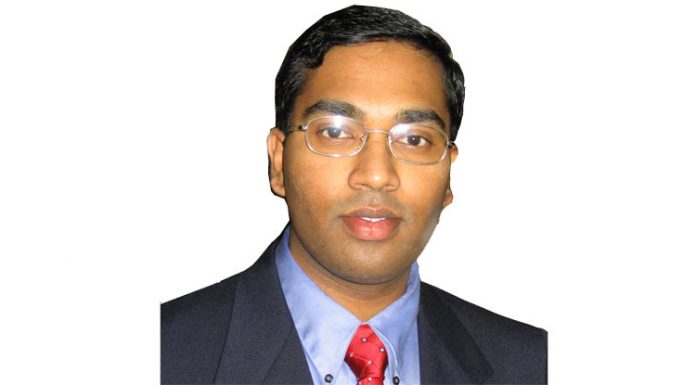With technological advancement and most businesses expanding beyond geographical boundaries in the last couple of years, cloud, mobility and virtualization are not any more the trends that enterprises seek, they have gradually become mainstream, says Srikanth Karnakota, director, server and cloud business, Microsoft India in an interview with TechObserver.in.
What impact cloud, mobility, virtualization will have on the datacenter space in India?
Cloud, mobility and virtualization are not any more the technology trends that enterprises seek, they have gradually become mainstream. With this technological advancement and most businesses expanding beyond geographical boundaries in the last couple of years, generation and consumption of data has increased manifold, thereby creating a strong need for storage capacity. Additionally, the growth in software adoption with the proliferation of the cloud has made the concept of software-defined another business reality, with businesses adopting this model in the quest for efficiency, scalability and security.
Datacenters here play a crucial role as they not just provide adequate space to securely store the data, but also effectively utilize the same for business benefits. Advent of digitization across sector and convergence of “Digital Enterprise” has further fueled the demand of datacenters.
What's the outlook for the datacenter segment going forward?
As governments, enterprises and individuals are warming up to new-age technologies, it has widened the scope for advancements with smarter solutions being created to address advanced business needs. While cloud, mobility, Iota, virtualization continue to be the buzzwords, datacenter is a strong backbone to bring smart solutions to life. Datacenter will have enhanced role to play in coming years in integrating with several requirement at the infrastructure, ecosystem and end-user level.
Integration of IoT – External impacts from IoT are creating newer demands on the datacenter. Gartner predicts that by 2020, 25 billion devices will be connected to the Internet, creating greater external demand for storage and communication with the datacenter. With this, IoT will also increasingly become part of operations within the datacenter for purposes like asset management using sensors to monitor temperature and physical security.
Virtualization – In addition to implementation of modern technologies, businesses will continue to strive for simplification of infrastructure and time to add value to business. This will aide virtualization and act as a driving force for hyper convergence, especially as virtualization exposes the inefficiencies of SAN storage. As convergence becomes a growing trend there will be a need for converged infrastructure management platforms that can provide an integrated unified view to bridge the gap between virtual networks and physical infrastructures.
Software-Defined Everything– Scalability will continue to be key driving force for infrastructure enhancements for businesses, in an attempt to broaden the business footprint. Infrastructures that enable building-block scale, with the same level of redundancy and resiliency using software-defined approaches will become more popular. Open standards for networking and storage will also impact the datacenter facilities in the future. To this end, Microsoft has recently introduced Microsoft Azure Stack, a new hybrid cloud platform product that enables an organization to deliver Azure services from their own datacenter. It extends the Azure vision by bringing the cloud model of computing to every datacenter.
From a software and services point of view, businesses will look out for services hosted through local datacenters to overcome the security concerns. Understanding the demands, Microsoft made its commercial cloud services available from datacenters in India, becoming the first global cloud provider to offer local cloud services. With this, Microsoft's cloud services deliver higher levels of security and availability, while lowering overall costs for customers. It provides enterprise-grade performance and reliability, now coupled with reduced network distance and lower latency, thereby eliminating data residency. This reinstates Microsoft's commitment to deliver the most open cloud, and simplifying usage of apps and services across platforms and devices.
In 2016, datacenter modernisation will continue to be a key driver for infrastructure spend in India. Automation and orchestration are becoming high priorities for Indian CIOs as well. Software defined infrastructures, and an increased focus on disaster recovery and business continuity, will also lead to an increased spend on infrastructure.
Which verticals are likely to propel the demand for datacenter in India?
According to Gartner, the Indian datacenter infrastructure market will total $2 billion in 2016, a 5.2 percent increase from 2015. This market is fueled by demand across businesses and verticals. Microsoft is betting big on the governments' ambitious Digital India initiative, the buzzing ecommerce industry and fast evolving BFSI segment, with its local cloud services
What are the major challenges that datacenter segment face today and how can they be overcome?
Mobile, and the proliferation of data have had a dramatic impact on the supporting infrastructure and operations. This influx of data is having a dramatic impact upstream on servers, storage, networking, facilities and IT operations, in addition to the concerns regarding security. To address the security challenges, Microsoft announced the availability of its commercial cloud services through local datacenters in India.







